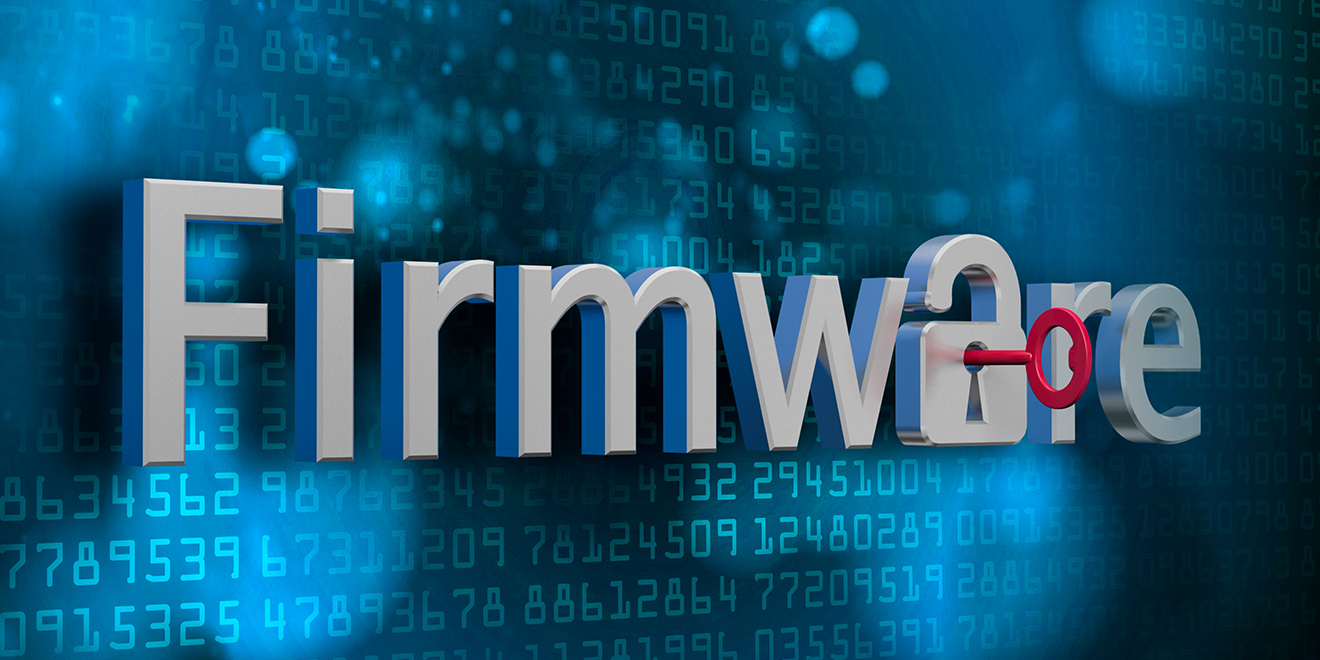
According to Y Soft, “print authentication is essential for protecting data within a print, copy and scan workflow environment.”
As revealed on BDAILY News, the office solutions provider has indicated the importance of authentication for ensuring the security of data, particularly due to the rise of the “rapidly growing network of connected Internet of Things (IoT) devices, combined with big data”.
Y Soft Corporation has been stressing the importance of including print security as part of organisations’ “wider cybersecurity strategy”. In recent years, companies seem to have maintained a rather blasé attitude toward printer security, with a 2015 study by the Ponemon Institute revealing that “56 percent of organisations exclude printers and multifunctional devices (MFDs) from their security strategies.”
“With the recent slew of data breaches and the introduction of GDPR, it’s never been more important for organisations to protect their data at every touch point, especially with networked MFDs,” says Nick Parkes, who works as Regional Sales Manager at Y Soft. “If not secured properly, these devices can present a considerable risk to businesses and given the damage a breach can have on an organisation’s operations, bottom line and reputation, it is vital that print security is considered a key pillar in a company’s wider cybersecurity strategy.
“Although the threat landscape is increasing, so are the software and hardware solutions to combat these threats. Yet, many organisations do not secure access to their MFDs and unauthorised or open access to an MFD creates the potential for a security breach.
“Organisations should therefore consider a solution that removes this risk, keeping the device locked until an employee’s identity has successfully been verified. An identity authentication process eliminates printed documents left in the print tray since print jobs are not processed unless the user has correctly authenticated at the MFD and can pick up the documents immediately.
“Identity authentication can be achieved through a wide variety of methods – ID cards, PIN codes, login passwords. In addition, some organisations choose to authenticate via a mobile application,” adds Parkes.
When using a mobile device to authenticate, employees are sent a one-time activation link to their email; once activated, they are issued with a mobile termination token which is thereafter used for their authentication.
Parkes adds, “Administrators can also mitigate risk to their networks through the MFD by monitoring and analysing incoming traffic. Print activity to the MFD should only come via an approved software platform and all other traffic can be blocked. This limits attack vectors attacking the MFD from other networks.
“In order to create a secure network across the board, it’s vital that organisations look at every single touch point, including MFDs. It’s crucial to implement print management software and hardware that places a strong emphasis on security, and for the focus on this to be supported by wider decision-makers beyond the IT department,” concludes Parkes.




















